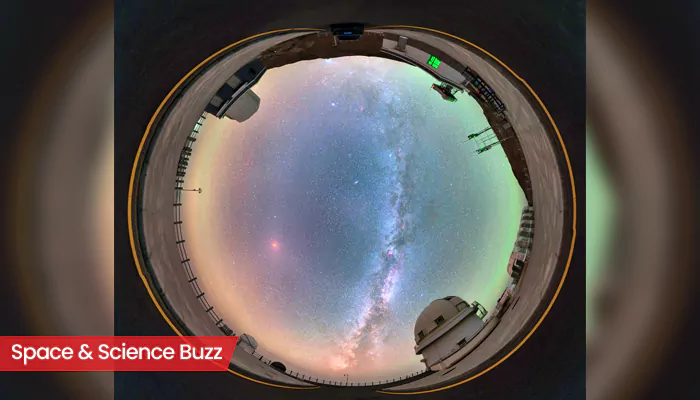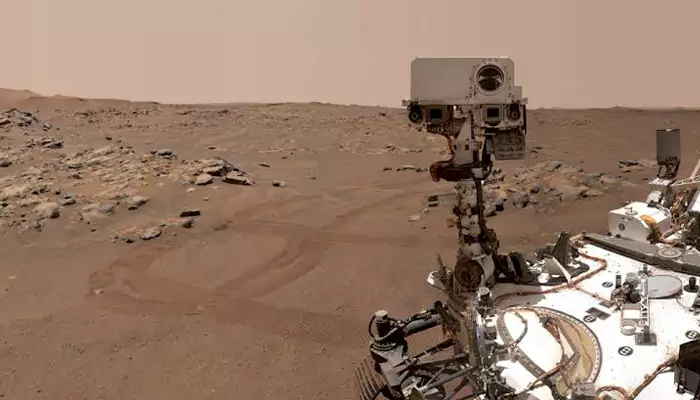Discover 10 Fascinating Facts About Our Sun: The Heart of the Solar System! 🌞 Read on to unveil the mysteries!
Our sun, the big shining star in the sky, is super important for us. It gives us light, warmth,
and makes life on Earth possible. But there's so much more to know about this amazing ball of burning gas! Here are ten cool facts that will make you appreciate the sun even more:

It's a HUGE ball of gas!
You know, it's not something everyone usually thinks about, but our sun isn't solid! It's actually a giant ball made mostly of hydrogen and helium. These gases are super hot, like, millions of degrees hot! The mix of ingredients there inside of is like the most awesome chemical reaction.

But wait, it is the most awesome cause is it happening in space right above our heads! This burning is like a giant, never-ending fire that keeps shining and is what enables our plants to grow and us to survive.
It's MASSIVE compared to Earth!
If the Earth was the size of a small pea, the sun would be as big as a basketball! Seriously, you could fit over a million Earths inside the sun. That's how gigantic it is. Imagine trying to wrap your arms around it. It's basically the neighborhood of the solar system.

It even holds all the planets in place too! This giant ball is the center of our little planetary family.
The Sun's Core is Super Hot!
The center of the sun, called the core, is unbelievably hot. We're talking about 15 million degrees Celsius! That's hotter than anything you can imagine here on Earth. This intense heat is what makes the sun glow and give off energy.

It's like the sun's super-powered engine, keeping everything running. Even the fire from your gas stove seems cold in front of it.
The Sun has a Magnetic Field
The sun doesn't just glow and burn; it also has a very powerful magnetic field. This magnetic field is so strong that it stretches all the way out into our solar system. Sometimes, the magnetic field gets tangled up and causes sunspots and solar flares.

These things can even affect technology here on Earth. Imagine your phone getting weird signals because of the sun's giant magnets!
The Sun Will Eventually Die
Even though it seems like the sun will burn forever, it won't. In about 5 billion years, the sun will run out of fuel and start to die. It will become a red giant, growing bigger and bigger. Eventually, it will shrink into a white dwarf, a small, dim star.

So, don't worry, we've still got plenty of time, but remember it eventually will die out. It's just a part of life in our universe. In this time we still have a lot to learn and discover!
Sunlight takes Time to Reach Earth
Even though light travels super fast, it still takes time for sunlight to reach us. Sunlight travels about 150 million kilometers to get from the sun to Earth and at a speed that it still takes about eight minutes.

So, when you stand in the sun, you're actually feeling sunlight that was created eight minutes ago! It also means that if sun suddenly went “poof”, we won’t know for eight minutes!
The Sun is not Yellow
The sun may look yellow to us through Earth’s atmosphere, but the sun is not actually yellow in color. If you look up in space the sun would appear white! Earth’s Atmosphere scatters the sun’s light making it appear in yellow.

During sunrise and sunset it appears orange because of the scattering of light is more.
The Sun is a Medium-Sized Star
In Universe the Sun is considered to be a medium sized star. There are so many stars in universe which are bigger than the Sun and brighter than it. The size of the Sun and its proximity to Earth causes it to appear large and bright in the sky.

The Sun contains almost every elements
Sun contains almost every element known to humans. These elements present in the sun exists in a plasma form. Plasma is a state of matter in which the gas are superheated to very high temperatures. The elements in the Sun are detected through spectroscopes.

The Sun affects Earth’s weather
Solar flares and coronal mass ejections can send lot of the energy and particles towards the Earth affecting the weather. This can lead to beautiful auroras but these are also capable of disrupting the power grids.














